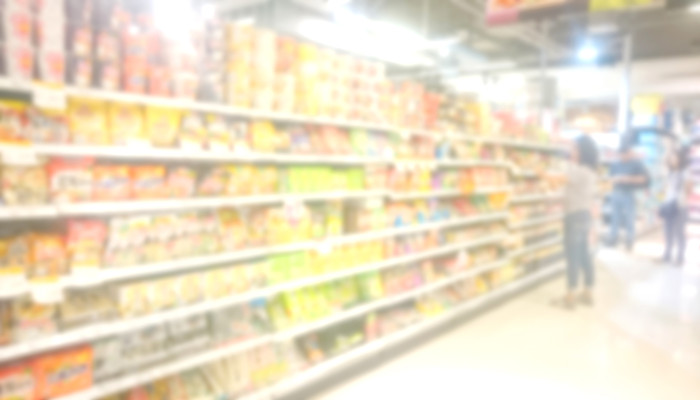
Synthetic detergent production shows a fluctuating upward trend, and market competition is fierce.
Synthetic detergent (Syndet) refers to a compound product with cleaning functions that is mixed with synthetic surfactants and auxiliary components. There are various types of synthetic detergents, which can be divided into two categories: civil and industrial according to different application fields; according to different forms, they can be divided into block, slurry, liquid, granular, etc.; according to different foam levels, they can be divided into anti-foam, Low foam type, high foam type, etc.
According to the “2023-2032 China Synthetic Detergent Industry Market Status Comprehensive Research and Investment Prospects Forecast Report” released by the Industrial Research Center, As people’s living standards continue to improve, their requirements for quality of life continue to increase, and their awareness of hygiene and health continues to increase. Synthetic detergents, as efficient decontamination products, have become one of the essential household consumer goods. However, due to the limitations of production technology, early synthetic detergents not only had an irritating effect on the skin and caused a variety of skin diseases, but also caused great harm to the water environment. Against the background of the continuous advancement of environmental protection policies, domestic synthetic detergents from 2016 to 2018 Agent production has gradually declined, and in 2018 it dropped to about 9 million tons.
With the continuous advancement of production technology and the continuous improvement of product formulas, the backward production capacity of synthetic detergents has gradually withdrawn from the market, and the output has shown a fluctuating upward trend driven by market demand. In 2022, my country’s synthetic detergent output will exceed 10 million tons.
With the continuous advancement of production technology and the continuous improvement of product formulas, the backward production capacity of synthetic detergents has gradually withdrawn from the market, and the output has shown a fluctuating upward trend driven by market demand. In 2022, my country’s synthetic detergent output will exceed 10 million tons.
From the perspective of regional distribution, synthetic detergent manufacturers are widely distributed in Guangdong, Henan, Sichuan, Anhui, Zhejiang and other regions. Among them, the output of synthetic detergents in Guangdong Province accounts for more than 30% of the total output, ranking first, followed by Zhejiang Province and Sichuan Province, both accounting for about 12%, and the output ratios of other provinces are less than 10%. Among them, the output of Guangdong, Zhejiang and Sichuan provinces accounts for more than 50%, and the production capacity of synthetic detergents is relatively concentrated.
From the perspective of import and export trade, with the continuous development of the industry, the number of synthetic detergent companies in my country continues to increase, and the production scale continues to expand. The products have won the favor of the international market with their advantages in variety, price, etc., and the export volume has maintained an upward trend in recent years. In 2022, my country’s synthetic detergent export value will be approximately 22 billion yuan, a year-on-year increase of approximately 23%.
At present, there are many players in the domestic synthetic detergent market and competition is fierce. Foreign companies such as Kao, Procter & Gamble, and Unilever have strong competitive advantages in technology and brand awareness. Domestic companies such as Liby, Blue Moon, and NAIS are also constantly improving production technology, updating marketing strategies, and enhancing their own competition. strength.
Industry analysts said that with the continuous improvement of national living standards, the requirements for the functionality and safety of synthetic detergents are constantly increasing. , domestic manufacturing companies mainly cater to market development trends, update product packaging, optimize product formulas, increase product types, and meet the diverse and personalized needs of consumers. In the context of increasingly severe environmental situations and increasingly strict environmental protection policies, synthetic detergent manufacturers also need to increase investment in environmental protection, reduce their impact on the environment, and promote the development of the industry in a green and environmentally friendly direction.

 微信扫一扫打赏
微信扫一扫打赏

